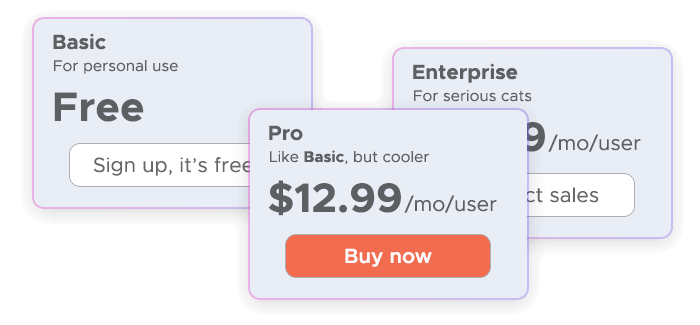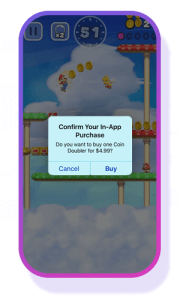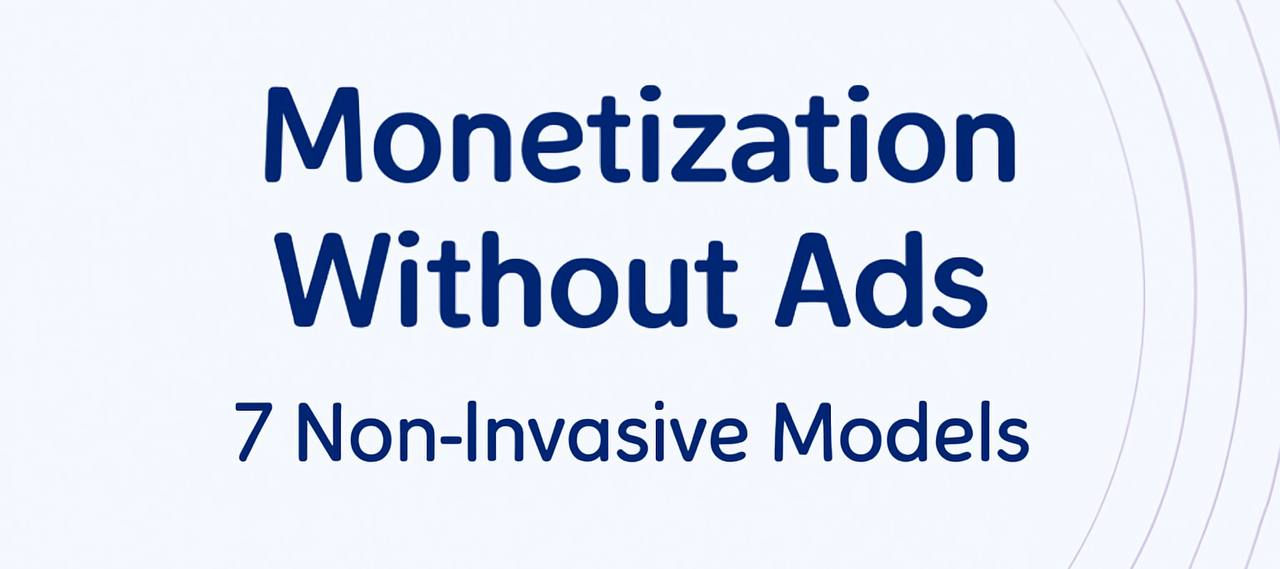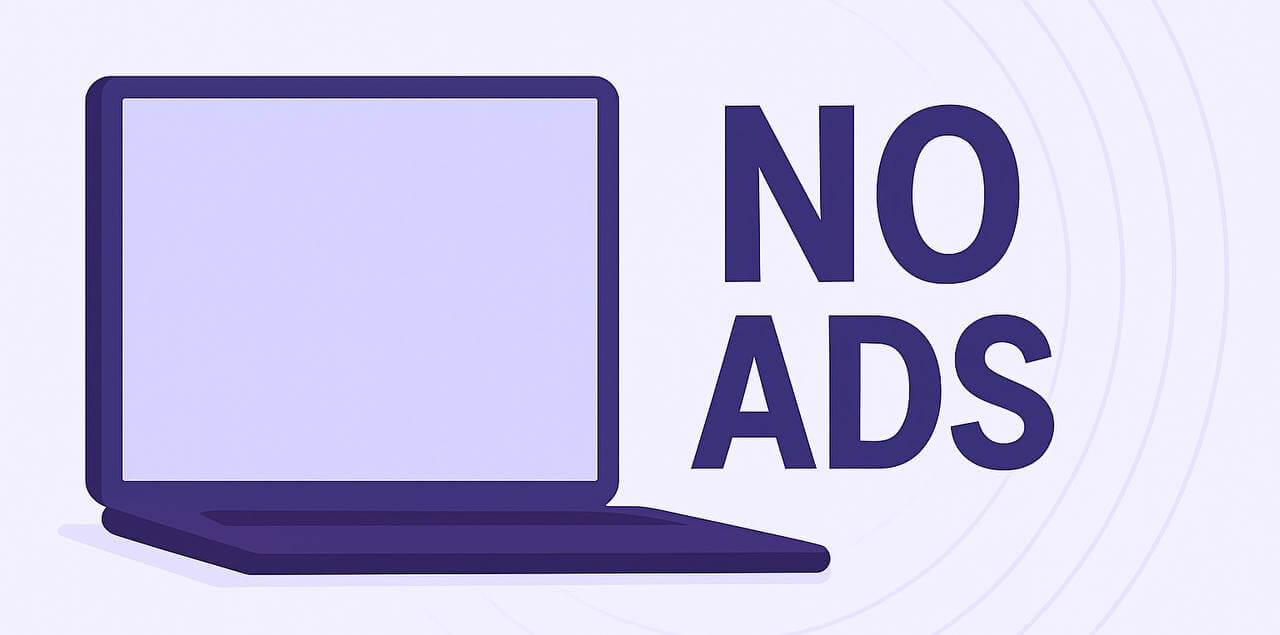Monetization Without Ads: 7 Non-Invasive Models
When it comes to monetizing apps effectively, many developers are now turning away from traditional ad-based methods. Although ads are a widely-used source of revenue, they can be intrusive and disrupt the user experience, which often leads to uninstalls and decreased user retention. This article explores app monetization without ads and presents non-intrusive app monetization strategies. We’ll focus on seven effective monetization models that developers can implement without sacrificing the user experience. Additionally, we will examine Infatica SDK, a solution that offers passive monetization without disrupting the user experience.
Why Consider Monetization Without Ads?
The Problem with Traditional Ads
While ad-based monetization is a popular choice, it can often have a negative impact on user engagement. Pop-up ads, banner ads, and interstitials interrupt the app experience and can frustrate users. This can result in higher uninstall rates and a decline in user retention. Moreover, Google Play’s ads transparency rules and the Digital Markets Act (DMA) have raised new challenges for developers who depend on ads. These regulations require clear user consent for data collection, affecting traditional ad strategies .
By focusing on non-intrusive monetization models, developers can create a more user-friendly experience while still generating revenue. Many developers are now exploring alternative methods to monetize apps, such as subscriptions, licensing, and passive monetization SDKs like Infatica SDK. These models not only reduce the need for ads but also increase ARPU (Average Revenue Per User) while improving user experience.
If you want to explore more about app monetization strategies, you can check out this guide on Android App Monetization.
7 Non-Invasive Monetization Models
1. Sub-ID LTV (Lifetime Value)
Sub-ID LTV is a model that calculates the lifetime value of a user based on their engagement with the app over time. This model does not require ads or direct purchases but instead focuses on optimizing the long-term value of each user. Developers can track users’ activity to maximize the revenue generated from each interaction, allowing for a more passive and sustainable approach to monetization. By focusing on long-term user engagement, developers can ensure consistent revenue without disruptive ads. This model also helps developers build more personalized experiences that enhance user retention.
2. Subscriptions

Subscriptions are one of the most popular non-intrusive monetization methods. By offering a recurring service, premium features, or exclusive content, developers can create a steady stream of revenue from users who are willing to pay for additional value. Unlike ad-based models, subscription monetization does not disrupt the user experience; it provides users with continued access to premium services or content in exchange for their payment.
This monetization model is commonly used in apps such as streaming services, fitness apps, and productivity tools. 10 App Monetization Models Explained offers in-depth insight into how to maximize your subscription revenue.
3. Data Models
Data monetization is a growing revenue stream for developers who can leverage their app’s data. This could include aggregated user data, behavioral insights, or even non-personally identifiable information that can be shared or sold to third parties. By integrating data models into your app, you can earn revenue without ads or in-app purchases. These models are completely passive and offer a way to monetize app usage data while adhering to privacy regulations like GDPR and CCPA .
The key to successful data monetization is to ensure transparency and user consent. If done right, this model provides non-intrusive monetization that doesn’t interfere with the user experience.
4. Licensing
Licensing involves selling the rights to use certain technologies or features of your app to other companies or developers. This model can be especially effective for apps that offer proprietary content or technology, such as unique algorithms, APIs, or game engines. Licensing allows developers to generate revenue without depending on direct interactions with users or ads.
5. Alternative SDK Revenue
SDKs such as Infatica SDK provide alternative monetization solutions for developers who want to avoid ads. These SDKs run in the background, leveraging unused resources like internet bandwidth to generate income. Infatica SDK is a passive monetization SDK that works seamlessly, without affecting the user interface or app performance. It runs quietly in the background, ensuring that users aren’t interrupted by intrusive ads.
In addition to Infatica, other SDKs like Honeygain and Proxyrack offer similar monetization models. However, Infatica SDK stands out because it operates with minimal impact on app performance and battery life, providing the most seamless monetization experience.
6. In-App Purchases (IAP)

In-app purchases (IAP) allow users to buy virtual goods, extra features, or upgrades directly within an app. IAP can be a great way to generate revenue without displaying ads. This monetization method is non-intrusive because it allows users to pay for extra value within the app, without interrupting their experience.
For more on IAP strategies, check out articles like this one on Habr, which dives deeper into strategies for maximizing user engagement through in-app purchases.
7. Passive Monetization SDKs
Passive monetization SDKs like Infatica SDK offer a completely silent way to monetize apps without showing ads. These SDKs use unused resources (e.g., internet bandwidth) to generate revenue in the background, without requiring user engagement. This model ensures that the app’s performance remains unaffected, while developers earn passive income.
Addressing Common Concerns: Does It Affect Battery and Performance?
Does It Drain Battery?

A common concern when using passive monetization SDKs is whether they will drain the battery. For example, many developers wonder if Infatica SDK affects battery usage. The answer is no. Infatica SDK is designed to be resource-efficient. It uses minimal processing power and only runs when the device is idle.
As a result, it has little to no impact on battery life, making it a great solution for developers who are looking for a passive, non-intrusive monetization strategy.
Does It Affect App Performance?
Many developers also ask if passive monetization SDKs, like Infatica, affect app performance. Since Infatica SDK runs silently in the background, there is no noticeable impact on the user interface or the app’s performance. Unlike traditional ad-based models, which can slow down the app when ads load or refresh, Infatica SDK ensures that the app runs smoothly without interruptions.
How Infatica SDK Solves the Problem
Advantages of Infatica SDK
- Monetize 100% of Users: Infatica generates revenue from all users, whether they interact with ads or make in-app purchases.
- Invisible to Users: Since the monetization process runs silently in the background, there’s no impact on the user experience.
- Compliance with Regulations: Infatica ensures full GDPR and CCPA compliance, safeguarding user privacy.
Case Study: Infatica SDK in a Puzzle Game
Let’s consider a hypothetical puzzle game that integrates Infatica SDK. After integrating the SDK, the game saw a 30% increase in ARPU over three months, without any noticeable impact on performance or battery life. The seamless integration allowed the developers to monetize 100% of their users without intrusive ads or in-app purchases, creating a passive income stream while maintaining user engagement.
Google Play 2025 Policy Compliance Checklist
- Transparency in Ads: Ensure all ads are clearly disclosed.
- User Data Privacy: Follow GDPR and CCPA guidelines.
- Non-Intrusive Monetization: Avoid using intrusive ads that affect user experience.
- User Consent: Obtain explicit consent before collecting any data or monetizing resources.
Conclusion: Non-Intrusive Monetization for the Future
Non-intrusive monetization is the future of app revenue generation. By adopting Infatica SDK or other passive monetization methods, developers can monetize their apps without disrupting user engagement. This approach allows for seamless ARPU growth and ensures full Google Play compliance while providing a smooth user experience.
Learn More About Infatica SDK

